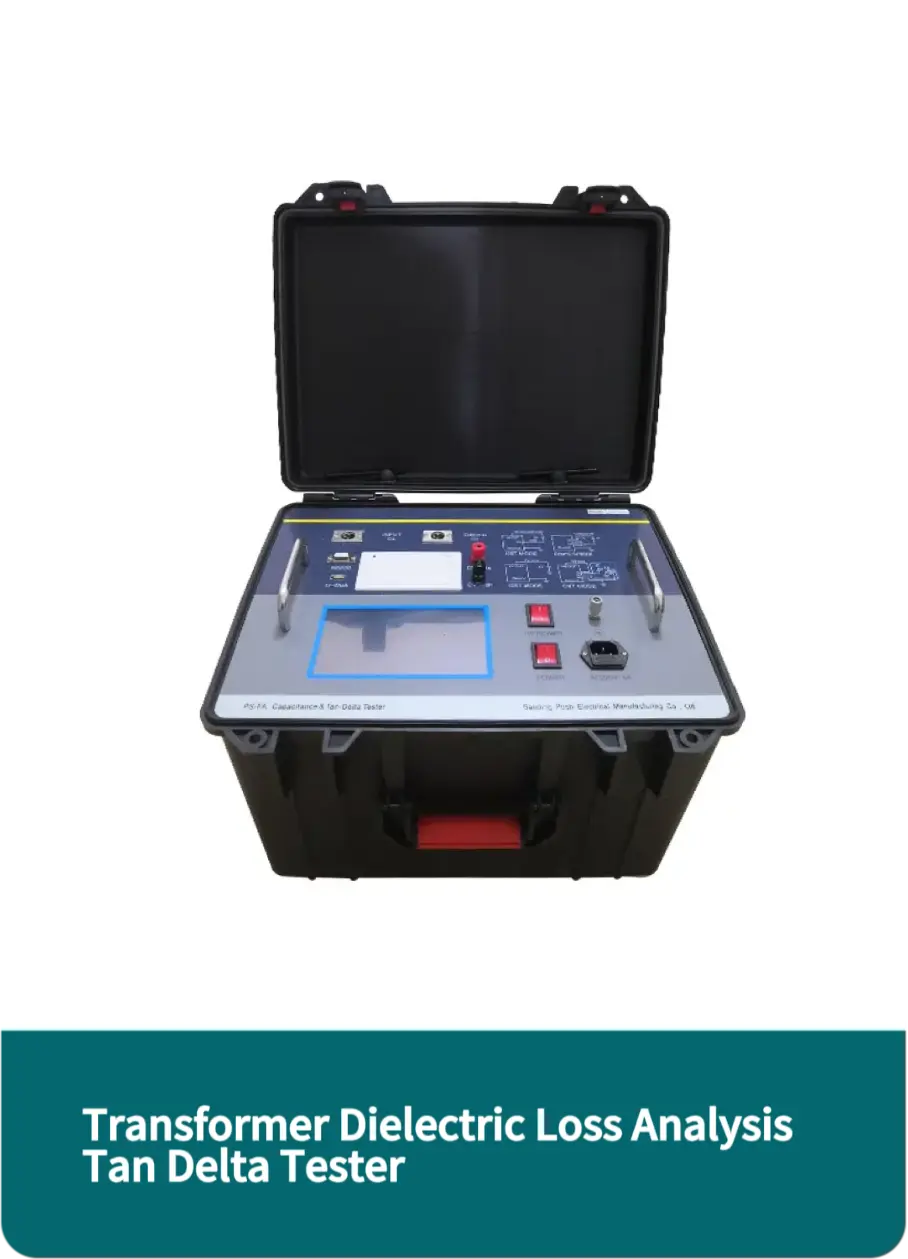 English
English


Testing Oil Pressure Sensor with Multimeter Guide and Techniques for Accurate Measurement
Testing Oil Pressure Sensors with a Multimeter
Oil pressure sensors play a crucial role in ensuring the optimal operation of an engine. They monitor the oil pressure in the engine and relay this information to the vehicle's computer system, which then determines if the engine is operating within safe parameters. If there is a malfunction in the oil pressure sensor, it could lead to inaccurate readings, potentially causing serious engine damage. Therefore, testing the oil pressure sensor with a multimeter is an essential diagnostic step for any automotive technician or DIY enthusiast.
Understanding Oil Pressure Sensors
Oil pressure sensors come in various types, with the most common being the switch-type sensor that simply indicates whether the oil pressure is above or below a certain threshold. There are also variable resistance sensors that provide a range of outputs corresponding to oil pressure levels. Typically, when the oil pressure drops below a predefined level, the sensor triggers a warning light on the dashboard. Understanding how these sensors function is crucial for effective testing.
Tools Required
To test an oil pressure sensor, the primary tool required is a digital multimeter. This device can measure voltage, resistance, and current, making it versatile for various automotive electrical diagnoses. In addition to the multimeter, you may need - A wiring diagram for the specific vehicle model. - A socket or wrench to access the oil pressure sensor. - Safety gloves and goggles for personal protection.
Testing Procedure
1. Safety First Before starting, ensure the vehicle is turned off and cooled down. This prevents burns or electrical shock.
2. Locate the Oil Pressure Sensor Refer to the vehicle's service manual to locate the oil pressure sensor. It's often found near the oil filter or on the engine block.
test oil pressure sensor multimeter

3. Disconnect the Sensor Unplug the electrical connector from the sensor. This step is crucial to properly measure the sensor’s output without interference from the vehicle’s systems.
4. Set the Multimeter Turn on the multimeter and set it to the appropriate function. For a voltage output check, select the DC voltage setting. For resistance checks, switch to the ohmmeter setting.
5. Measure the Resistance If you’re working with a variable resistance sensor, connect the multimeter leads to the sensor terminals. Compare the readings with the specifications outlined in the service manual. A sensor that shows infinite resistance or a value significantly outside the normal range is likely faulty.
6. Voltage Testing If the oil pressure sensor is of the switch type, check for voltage output. Reconnect the sensor, turn the ignition key (without starting the engine), and measure the voltage at the connector’s pin for the signal wire. According to the vehicle specifications, there should be a voltage reading consistent with the state of the oil pressure (typically around 0-5 volts).
7. Check for Ground It’s also essential to ensure that the ground connection is functioning properly. Connect the negative lead of the multimeter to the vehicle ground and the positive lead to the ground pin of the sensor; you should see continuity indicating a good ground.
8. Reinstallation After testing, reconnect the sensor, ensuring it’s securely fastened, and reconnect the wiring harness.
Conclusion
Testing an oil pressure sensor with a multimeter is a straightforward yet vital procedure in automotive maintenance. By following the steps outlined, you can diagnose issues related to oil pressure monitoring effectively. Regular maintenance checks on the oil pressure sensor can help prevent severe engine problems and ensure the longevity of your vehicle. Remember that if you are unsure at any step, consulting a professional mechanic is always a wise decision.
-
Differences between open cup flash point tester and closed cup flash point testerNewsOct.31,2024
-
The Reliable Load Tap ChangerNewsOct.23,2024
-
The Essential Guide to Hipot TestersNewsOct.23,2024
-
The Digital Insulation TesterNewsOct.23,2024
-
The Best Earth Loop Impedance Tester for SaleNewsOct.23,2024
-
Tan Delta Tester--The Essential Tool for Electrical Insulation TestingNewsOct.23,2024





